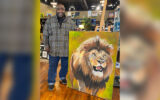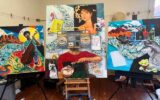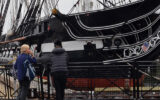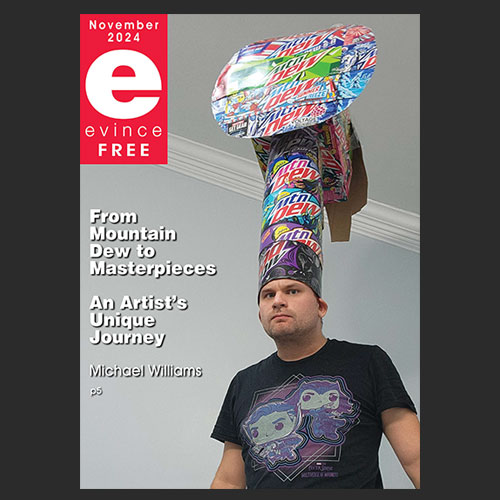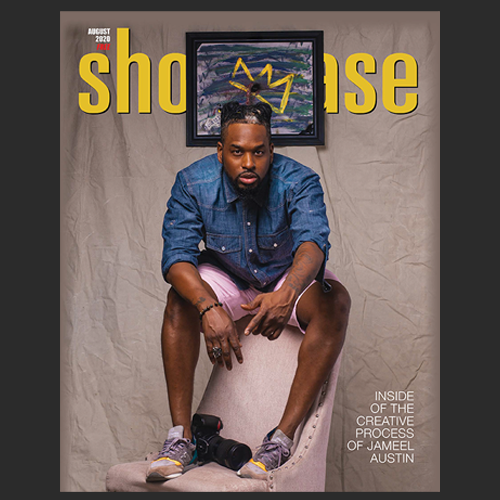As a young child, Tina Cornely found beauty in unusual places—discarded and unwanted items. “My mother used to laugh and tell her friends her firstborn was a flower child.” At school, Tina learned to draw and write poetry, often taking awards in school contests.
Art took a backseat to life, however, when Tina’s parents divorced. Traumatized by the event, she stopped creating. Rather than express herself via her own art, she began surrounding herself with artists and their work. Connections and friendships in the professional art world led to job opportunities in museums. She made a career out of curating, museum administration, and protecting the art of others.
Then, in 2007, her sister died. That old need to express herself through art was reignited, and she knew that, in order to heal, she would need to honor that need. Since that time, she has not stopped creating. To this day, Tina is still fascinated by what people find no longer useful or of interest. She takes these things—brightly colored telephone wire, discarded textiles, broken pottery—and gives them new life, adding to them, combining them, making them into something new and interesting.
In 2012, Tina formed a non-profit called Bridging Humanity. Through this organization, she traveled to impoverished communities around the world and taught people how to make jewelry and art out of trash, not only as a means of expression, but as a way for these people to earn a little extra money. The organization taught people to reconsider trash as a valuable resource and a free commodity. Her initiative formed a powerful community of women who shared their wisdom and exchanged ideas with other women across the globe. This symbiotic network of women helping women is still ongoing. Tina’s students learned to make yarn out of discarded plastic bags and weave plarn (plastic bag yarn) into rugs, belts, purses, hats, and shoes. Others were taught to make beaded necklaces that kept track of their menstrual cycles—an effective and valuable means of birth control. The inner tubes of old tires could be refashioned into earrings, and food wrappers could be repurposed to make coin purses and bird houses.
Since arriving in Danville, Tina’s focus has turned once again to her own expression. Her artistic process is a meditative one, she told us. “When you are in ‘the zone’, you are in a meditative state, and you are tapped into your subconscious.” Tina doesn’t plan her pieces in advance, but intuition plays a big role. “I have my tools on my right, and on the other side, I may have broken bits of jewelry. When I’m ready to add to the piece, I reach out and, without thinking, my left hand guides me to the next item the piece needs. More often than not, what I choose is just the right thing.”
Tina is currently working on a book to document Danville artists of all disciplines and mediums. The fact that there is a thriving art community in Danville is something that caught her by surprise, and it’s something she feels needs to be celebrated.
If you have an interest in being featured in this book, please email Tina at tinacornely@yahoo.com

